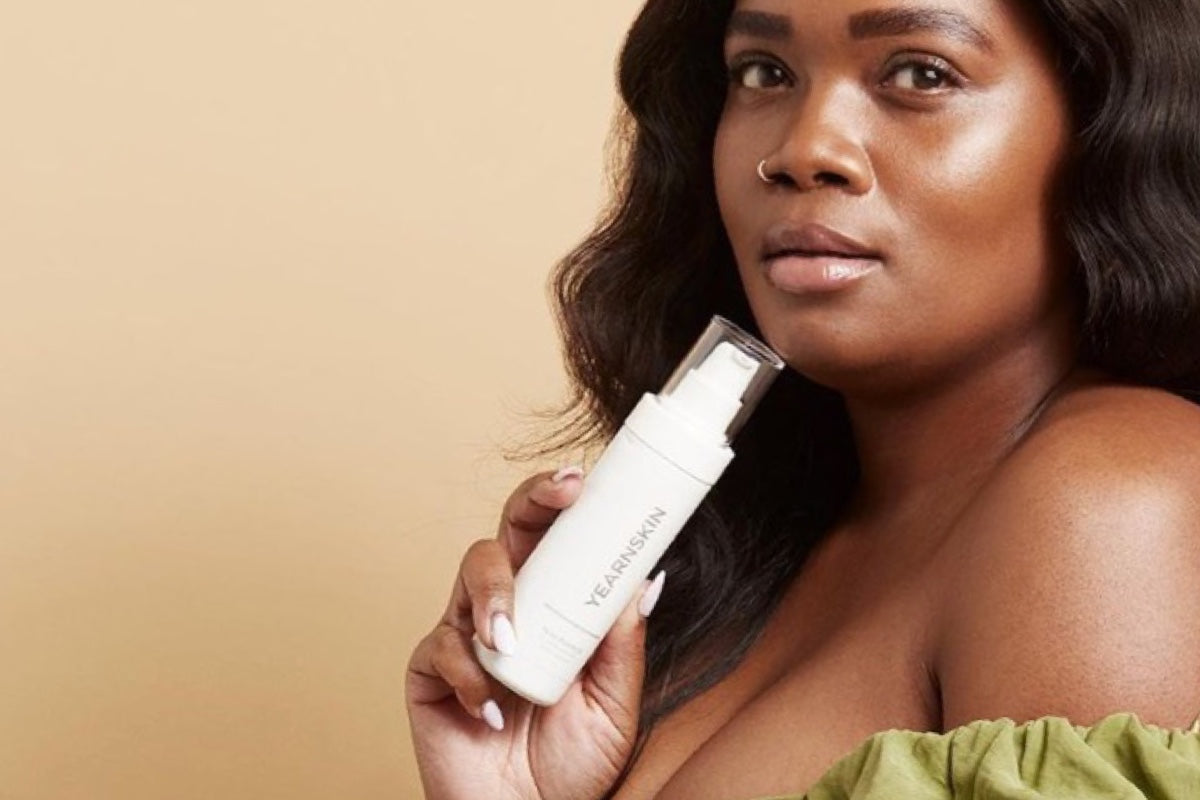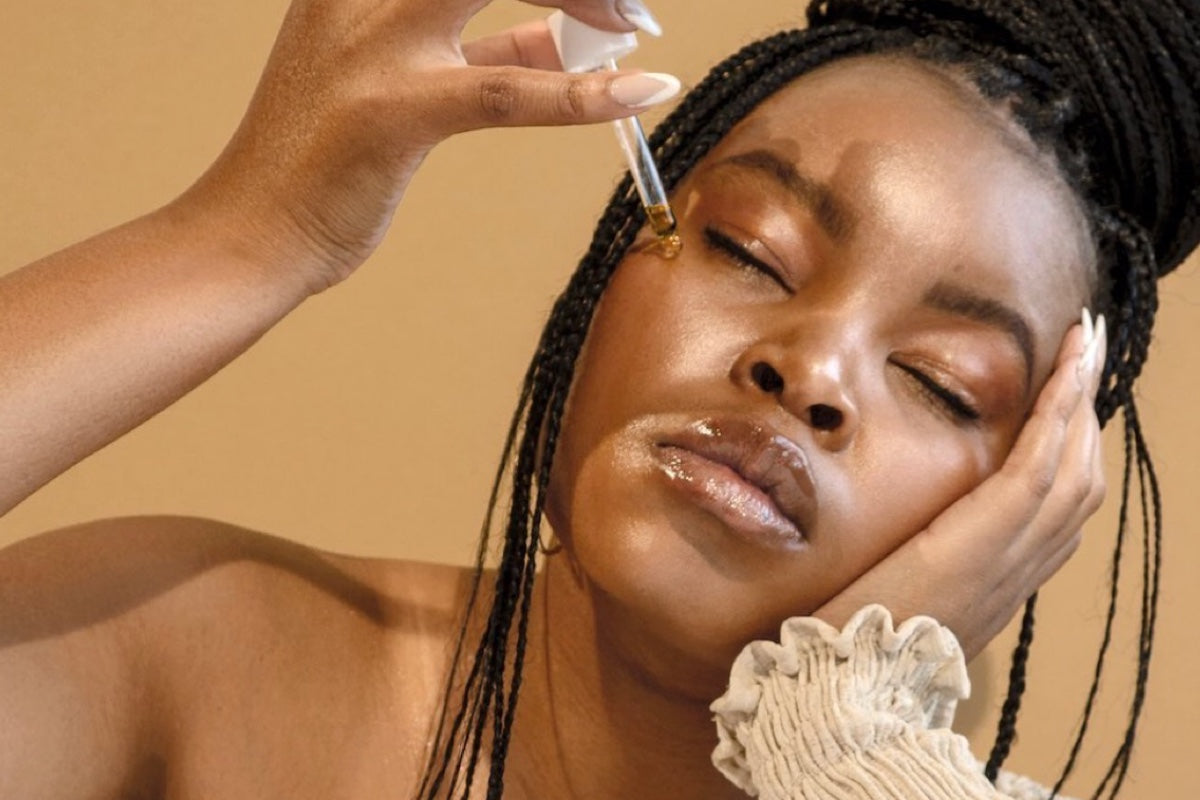Yes it is. You’ll never look as healthy, radiant skin to match as when you’re photographed bathed in sunlight. And often it's after a holiday when you’ve spent more time than usual outside and in the sun, that you look super rested, with a glow from within too.
Sun-kissed looks good on most of us and it’s a huge bonus that we even produce vitamins when our skin is exposed to sunlight. Vitamin D, aka the sunshine vitamin or the happy hormone, is the stuff that helps you absorb calcium, magnesium and phosphate to boost your immune system and your bone, heart and muscle health. And it’s supposed to prevent mood swings and help with depression.
But at what cost to our skin? When do we know we’ve had a balance of exposure that won’t place us at risk of sun damage or conversely of deficiencies?
Surprisingly, we don’t need as much sun as we think. According to Spanish researchers who “estimated the duration of solar radiation exposure required in order to obtain the recommended doses of vitamin D”, around 20 minutes in spring and summer should do the trick while two hours in the colder seasons is optimal. Remember of course that this needs to be adjusted to your natural melanin levels.
While dermatologists may still use the Fitzpatrick Skin Type (FST) scale which takes you from a skin type I (always burns - palest) to VI never burns - darkest), and assesses your risk of burning, it is not without its limitations. Interestingly it has been used as the basis of skin colours used for your emojis
It may not be the best indicator of how much sun you may be able to tolerate as our skin colour spectrum is so diverse.
Sun damage also known as photo-ageing can be responsible for the following: blotchy skin, broken capillaries, dryness, hyperpigmentation, loss of elasticity, pigmentation, redness, sun spots, uneven skin texture and wrinkles. The list is not exhaustive. And even worse, can put you at risk of skin cancers.
How to protect yourself?
“Dermatologists recommend using a broad-spectrum sunscreen, which will shield skin from both UVA and UVB rays. Look for a sun protection factor (SPF) of 30 or higher. Water-resistant formulas are encouraged. Reapply every two hours or sooner if swimming or exercising.
While prevention is better than cure, sometimes the damage has already been done and while it’s difficult to reverse it, you can slow down or minimise the appearance of its effects.
If you think interventions like chemical peels, cryotherapy, laser and other treatments may be too extreme for your needs or you're looking for products to help with maintenance post therapy, look out for the following effective ingredients, see our Ingredient Library:
- Azelaic Acid
- Niacinamide
- Retinol
- Vitamin C
SOURCES:
https://www.sciencedaily.com/releases/2017/03/170308083938.htm
https://www.scielo.br/j/abd/a/Ph78pjPLwBXcNvWJRx7X3vp/




